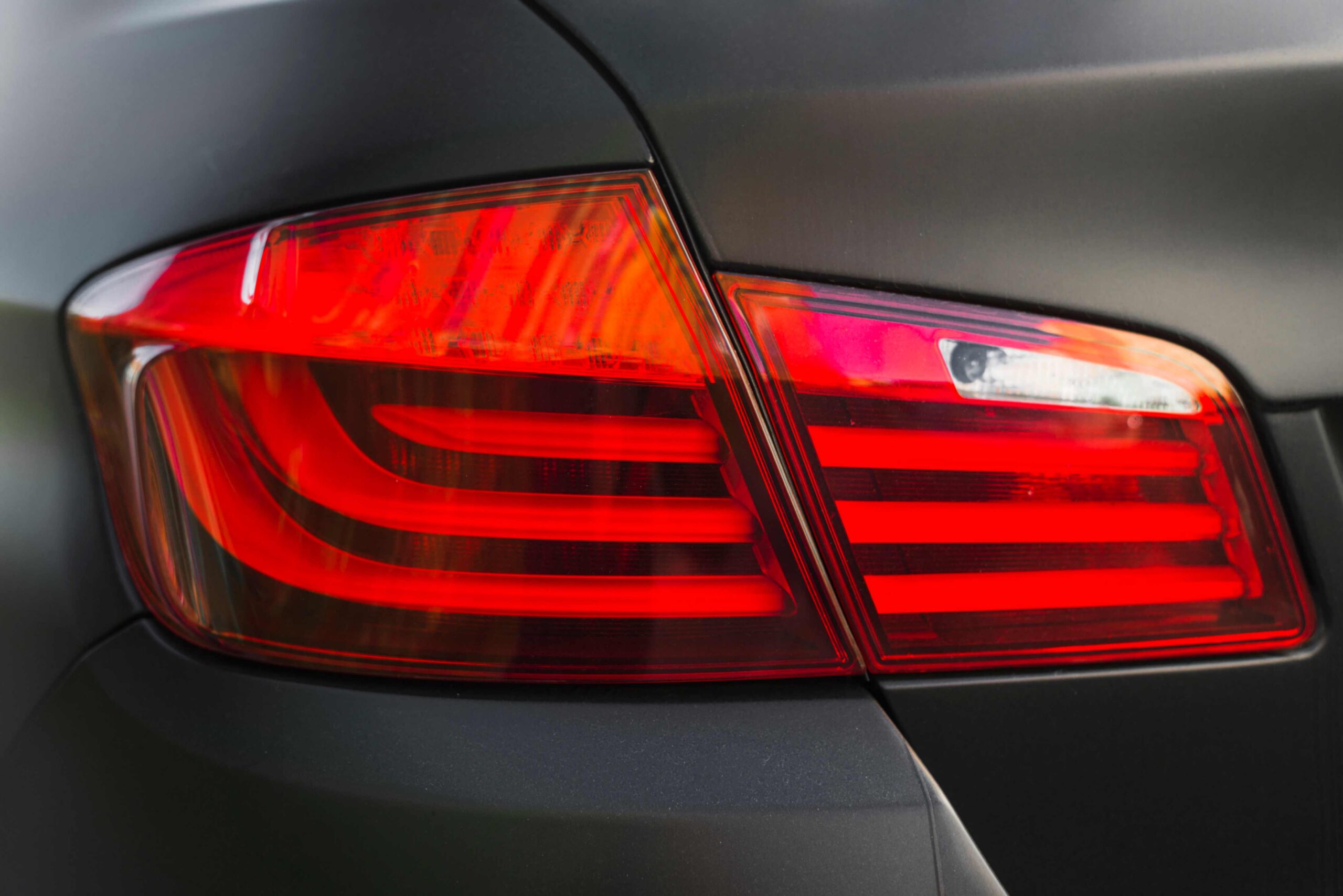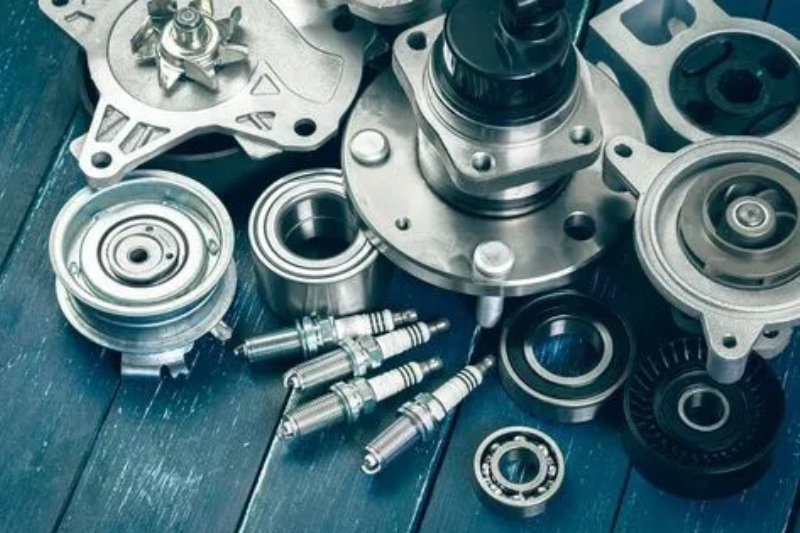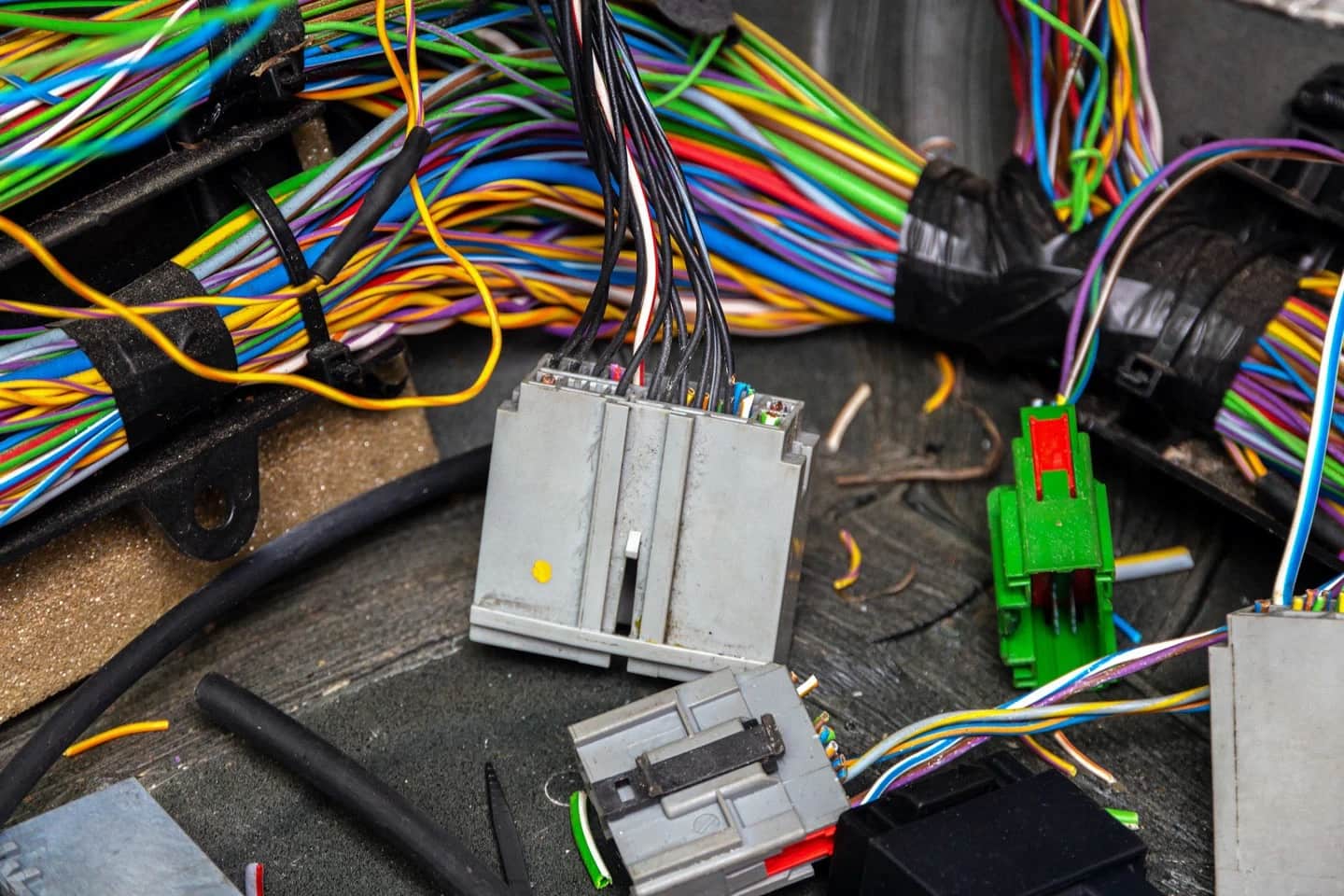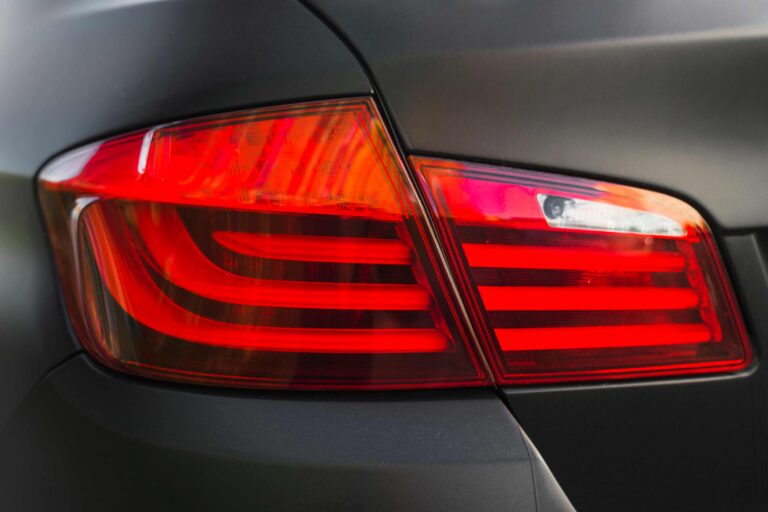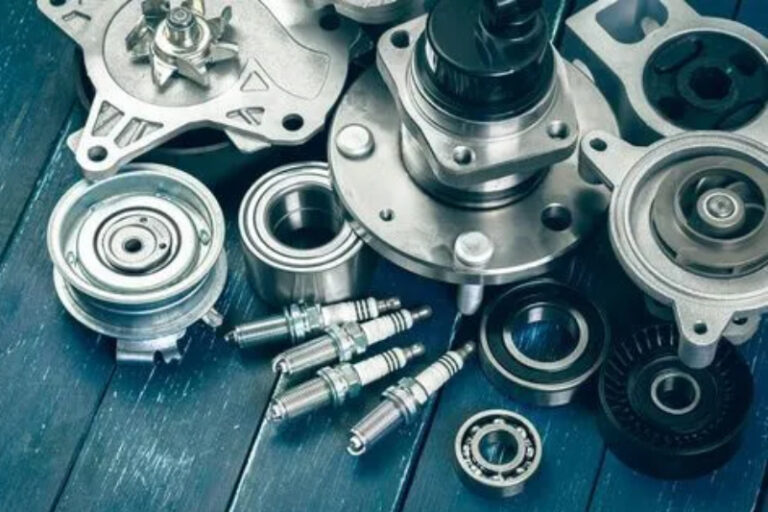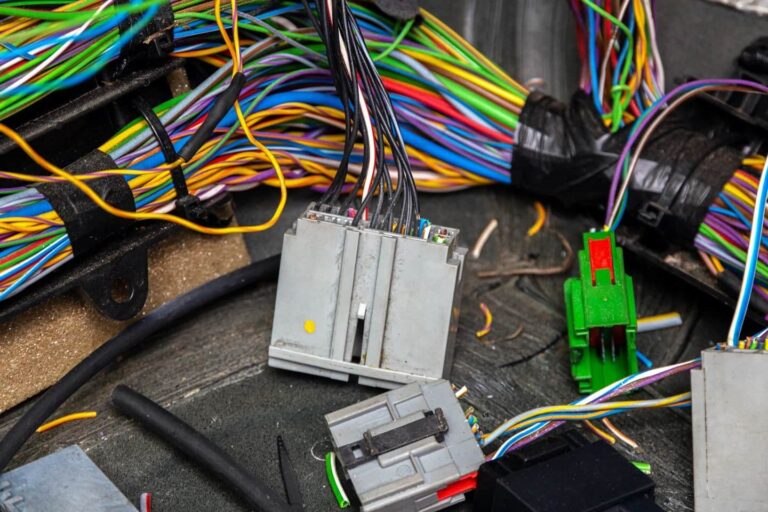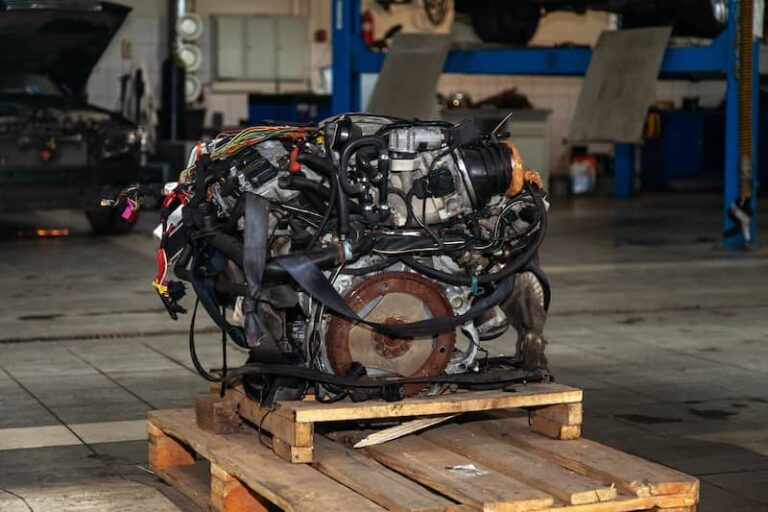The P0012 error code is one of the most common diagnostic trouble codes you may encounter when your vehicle’s camshaft timing system begins to malfunction. Because this code is directly connected to your engine’s variable valve timing system, it can cause serious performance issues if ignored. Modern cars rely on electronic systems to operate smoothly, and the camshaft timing mechanism plays a major role in determining how efficiently the engine breathes. When something disrupts this timing, error codes like P0012 show up. Understanding what P0012 means and how to fix it can save you from expensive repairs and prevent long-term engine damage.
P0012 Code Definition
The official definition of P0012 is Camshaft Position “A” Timing Over-Retarded (Bank 1). Compared to other OBD-II codes that have lengthy technical descriptions, P0012 is relatively simple to understand once you are familiar with basic camshaft timing.

This code indicates that the ECM (Engine Control Module) has detected that the intake camshaft timing in Bank 1 is stuck in a retarded position. Even when the ECM tries to advance the timing, the intake camshaft does not respond. Since this is a generic powertrain code, it applies to all OBD-II-equipped vehicles regardless of make or model. The “A” camshaft typically refers to the intake camshaft, and Bank 1 is the side of the engine that holds cylinder number 1.
What makes this issue important is its relationship with VVT (Variable Valve Timing) and VCT (Variable Camshaft Timing) systems. These systems improve engine power, efficiency, and emissions performance. When the camshaft timing becomes too retarded, the ECM triggers the Check Engine Light and stores P0012.
P0012 Code Explanation
To clearly understand P0012, you must first understand camshaft timing. The camshaft controls the opening and closing of intake and exhaust valves. These valves must open at precise moments for the engine to function efficiently. The camshaft rotates according to the engine’s cycle, and even a slight timing deviation can affect performance.
Retarded timing means the camshaft is lagging behind the proper rotation point. This affects airflow, combustion, and engine responsiveness. A normal engine relies on synchronized camshaft and crankshaft movements to regulate power. When the timing becomes delayed beyond what the ECM allows, the engine triggers the P0012 code.
The issue becomes serious because improper valve timing can lead to rough operation, increased emissions, decreased fuel economy, and even internal engine damage over prolonged periods.
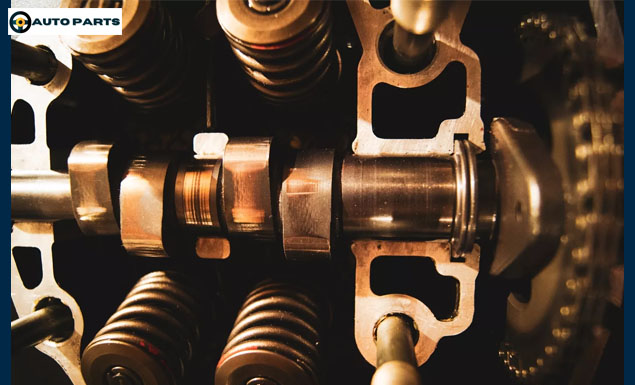
P0012 Code Symptoms
Understanding the symptoms of P0012 is essential to recognizing the issue early. Common signs include:
• Check Engine Light
The first and most obvious indicator is a glowing Check Engine Light on your dashboard.
• Poor Engine Performance
A retarded camshaft affects air intake, resulting in sluggish acceleration, loss of power, and poor throttle response.
• Misfire Codes (P0300–P0308)
Improper combustion timing may trigger random misfire codes.
• Engine Rattling or Rough Idling
The timing imbalance can cause rattling noises, particularly during startup.
• Engine Stalling
In severe cases, the car may stall unexpectedly due to incorrect valve timing.
• Reduced Fuel Economy
The engine requires more fuel to compensate for inefficient timing.
• Failed Emission Test
Improper valve timing increases hydrocarbon emissions.
If you experience any combination of these symptoms, a P0012 code may be the underlying issue.
What Causes the P0012 Error Code?
Because the P0012 code is tied to engine valve timing, there are several potential causes. These include:
• Low or Dirty Engine Oil
Sludge buildup or low oil pressure hinders the VVT system’s ability to actuate the camshaft properly.
• Faulty Oil Control Valve (OCV) or VVT Solenoid
A malfunctioning solenoid cannot regulate oil flow, causing timing delays.
• Incorrect Oil Viscosity
Using oil that is too thick or too thin disrupts VVT performance.
• Damaged Timing Chain or Components
A stretched chain, worn sprockets, or failed tensioners can delay camshaft movement.
• Faulty Camshaft Position Sensor
If the sensor sends incorrect timing data, the ECM triggers the P0012 code.
• Wiring Issues
Corroded, shorted, or damaged wires related to the camshaft and OCV can confuse the ECM.
Because the causes vary widely, proper diagnosis is essential before replacing any parts.
Is the P0012 Code Serious?
Yes, P0012 should be taken seriously. While your vehicle may still be drivable for a short period, failing to fix the issue can lead to:
- Excessive fuel consumption
- Poor engine performance
- Damage to timing components
- Increased carbon buildup
- Valve train damage
Driving for too long with delayed cam timing increases the risk of long-term engine failure. Addressing the issue early prevents expensive repairs.
Diagnosing the P0012 Error Code
To properly diagnose the P0012 code, follow these steps:
• Visual Inspection
Begin by checking wiring and connectors associated with the camshaft sensor and OCV. Loose or damaged wiring is a common cause.
• Check Engine Oil Level and Condition
Verify that the oil is clean and at the proper level. Old, dirty oil disrupts VVT performance.
• Inspect the Oil Control Solenoid
Activate the solenoid manually to check if the system responds. A sticking solenoid often triggers P0012.
• Scan with an OBD-II Scanner
Use a scanner to read the code, view freeze-frame data, and assess sensor behavior. Advanced scanners may provide exact reasons and recommended steps.
• Check Timing Chain Condition
If the issue persists, inspect the timing chain, tensioner, and sprockets to ensure proper alignment.
How to Fix the P0012 Error Code
Depending on the root cause, several fixes can resolve the P0012 error:
• Change the Engine Oil and Filter
Use the correct viscosity recommended by the manufacturer.
• Replace the Oil Control Valve (OCV)
A faulty OCV is one of the most common causes of P0012.
• Repair Wiring or Electrical Connections
Fix damaged wiring leading to the camshaft sensor or OCV.
• Replace Camshaft Position Sensor
If the sensor is sending incorrect data, replacing it may resolve the issue.
• Correct Timing Chain Alignment
If the chain is worn or misaligned, professional repairs are necessary.
• Clear Codes and Test Drive
After repairs, reset the code and drive to verify the fix.
If your camshaft timing components, solenoids, or OCV need replacement, consider buying high-quality used parts to save money without compromising performance.
FAQs
You may be able to drive short distances, but it is not recommended. Prolonged driving can damage internal engine components.
Repairs range from $100 for an oil change to $800+ for timing chain adjustments depending on the cause.
Yes. Low oil or dirty oil is one of the most common causes of camshaft timing failure.
The most frequent solution is replacing the oil control valve or performing an oil change with proper viscosity.
Once the underlying issue is fixed, the code can disappear immediately or after 1–2 drive cycles.
If you’re looking for reliable used auto parts like camshaft sensors, timing components, or OCVs, visit Auto Vehicle Parts for high-quality refurbished components at affordable prices.


